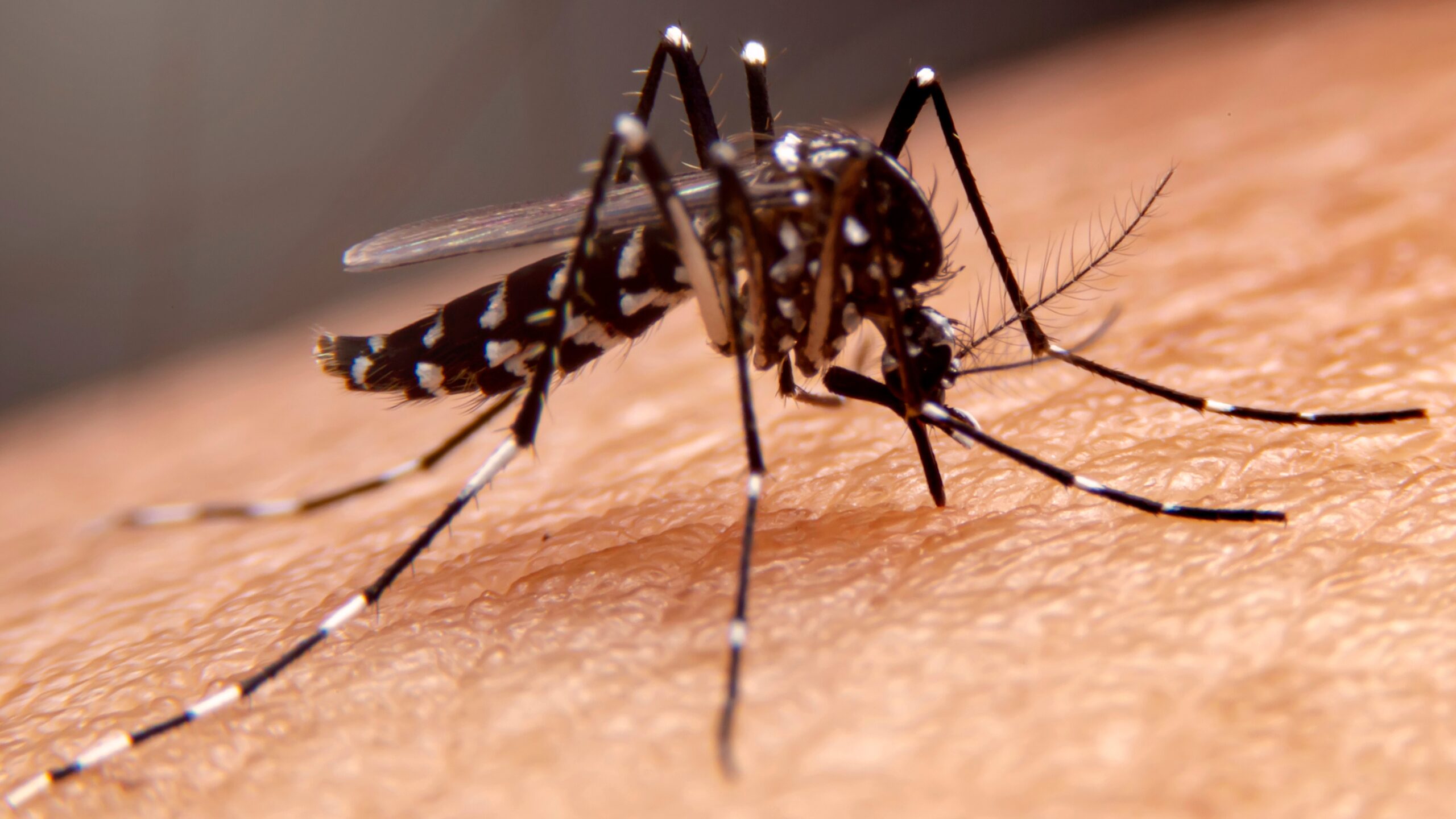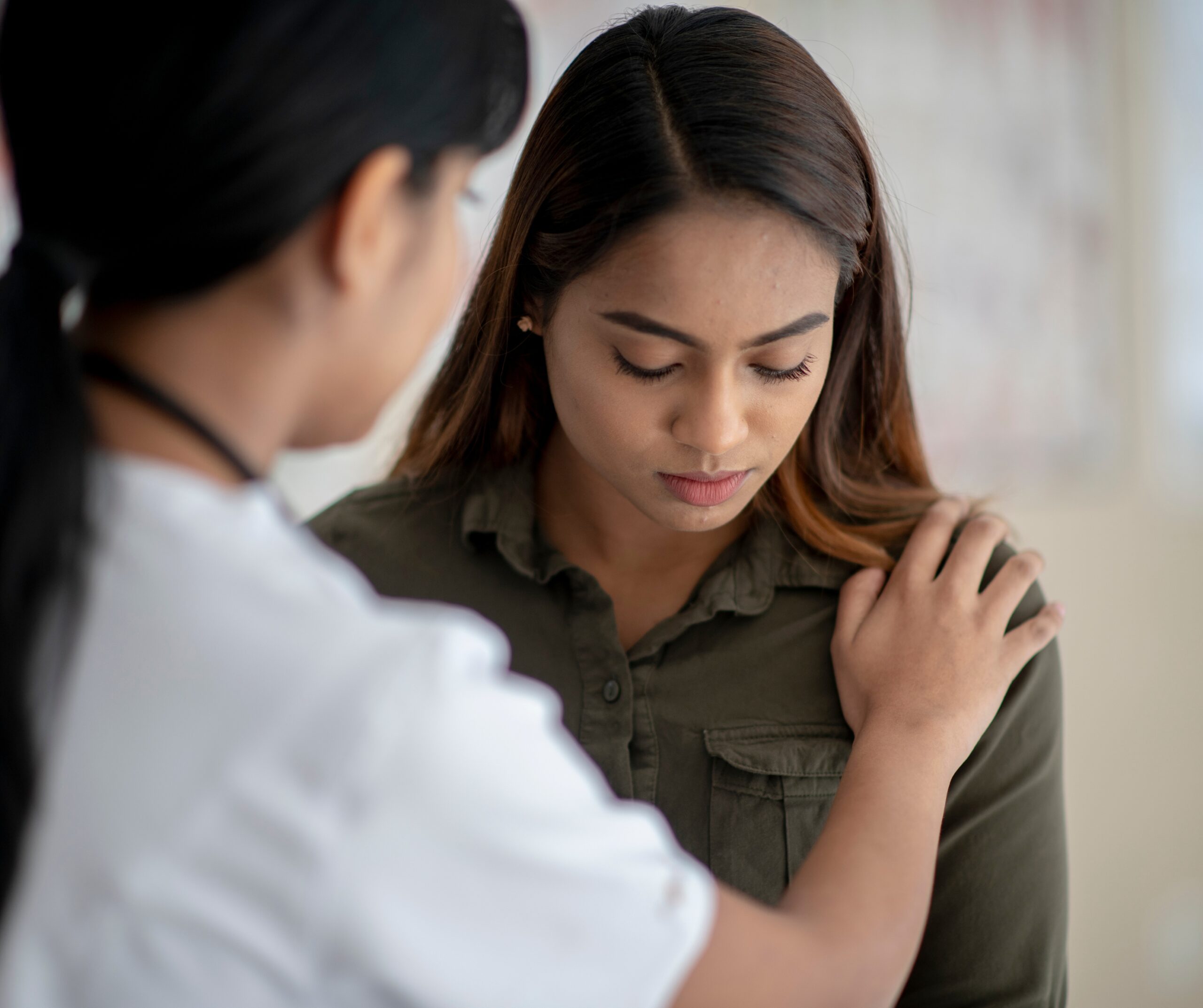Healthcare on Native American reservations has long been an area of concern in the United States. Despite government promises and dedicated programs, Native communities often face significant challenges in accessing quality healthcare. Limited resources, geographic isolation, and systemic inequalities have contributed to disparities in health outcomes. However, innovative solutions, such as in-home assessments conducted by Risk and HEDIS vendors, offer a promising approach to addressing these issues and closing care gaps.

Challenges in Reservation Healthcare
One of the primary challenges faced by Native communities is access to care. Many reservations are located in remote areas, far from hospitals and specialty care providers. Transportation barriers, including a lack of public transit or long distances to the nearest healthcare facility, can make routine medical visits impractical or impossible for many residents.
Another major issue is underfunding and resource shortages. The Indian Health Service (IHS), the federal agency tasked with providing healthcare to Native Americans, has long been criticized for inadequate funding. This results in limited staff, outdated facilities, and insufficient medical supplies. Preventive care and chronic disease management often take a backseat to immediate medical emergencies due to these resource constraints.
Health disparities also persist, with Native populations experiencing higher rates of chronic conditions such as diabetes, heart disease, and obesity. Mental health issues and substance abuse are also prevalent, compounded by historical trauma and a lack of culturally sensitive care.
Current Efforts to Improve Healthcare
Efforts to address these challenges are underway, with government agencies, tribal organizations, and non-profits working collaboratively to improve healthcare access and quality. For example, federal programs like the Affordable Care Act and Medicaid expansion have increased insurance coverage for some Native Americans, though gaps remain.
Telehealth has emerged as a vital tool, particularly during the COVID-19 pandemic. By leveraging technology, patients can connect with healthcare providers without traveling long distances. However, telehealth adoption is limited by inconsistent internet access in rural areas.
Culturally competent care is also gaining traction. Healthcare providers are increasingly trained to respect and incorporate Native traditions and values into treatment plans, fostering trust and better health outcomes.
How In-Home Assessments Can Help
In-home assessments conducted by Risk and HEDIS vendors offer an innovative way to close care gaps on reservations. These assessments involve healthcare professionals visiting patients in their homes to evaluate their health, identify risks, and ensure they receive the necessary care.
Closing Gaps in Preventive Care
Many Native patients miss preventive screenings and check-ups due to transportation or scheduling barriers. In-home assessments bring these services directly to patients, identifying issues like high blood pressure, uncontrolled diabetes, or overdue cancer screenings.
Chronic Disease Management
Healthcare providers can assess patients’ environments and provide personalized education and resources for managing chronic conditions. This hands-on approach fosters better health outcomes and reduces the burden on overtaxed healthcare facilities.
Building Trust
In-home assessments help build trust within Native communities. By meeting patients where they are, healthcare providers demonstrate respect and understanding, encouraging patients to engage more actively in their care.
A Path Forward
While healthcare challenges on Native reservations remain significant, solutions like in-home assessments represent a step in the right direction. By addressing systemic barriers, fostering culturally sensitive care, and leveraging innovative healthcare delivery models, stakeholders can work together to create a more equitable healthcare system for Native communities.
As we continue to explore solutions, partnerships between tribal leaders, government agencies, and healthcare providers will be crucial. Together, these efforts can honor the commitment to provide quality healthcare for Native populations, improving lives and empowering communities.


